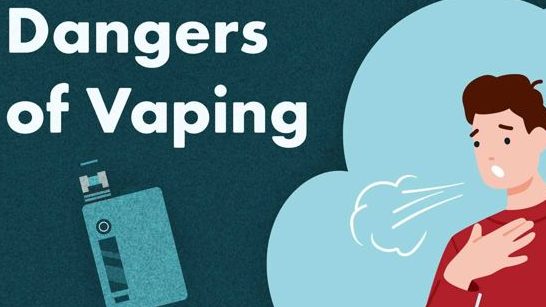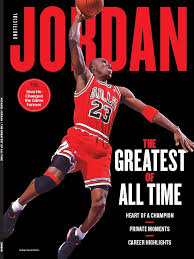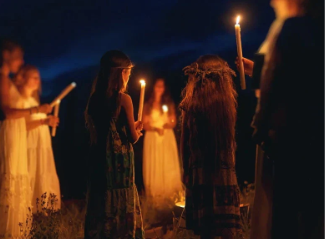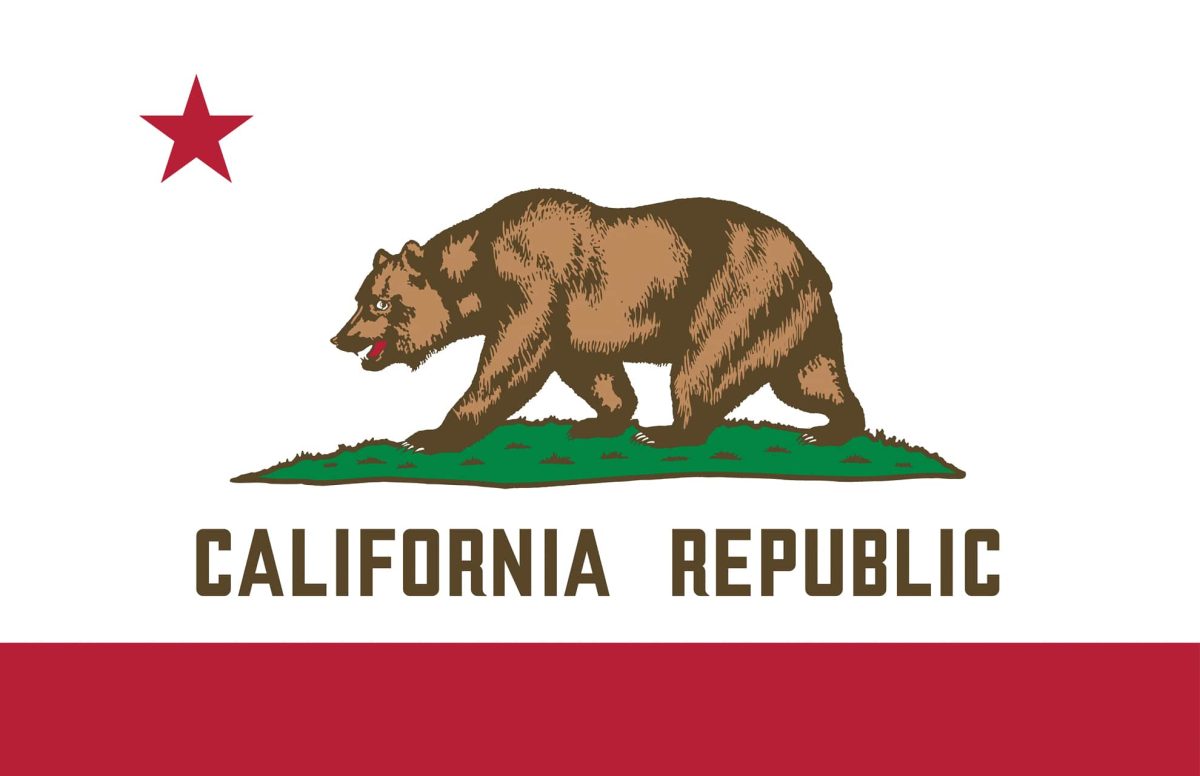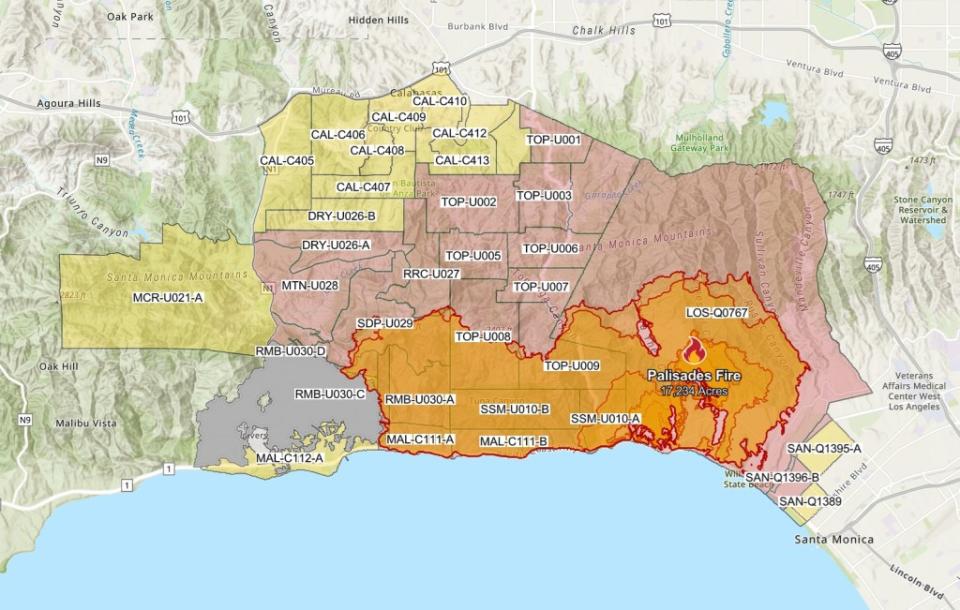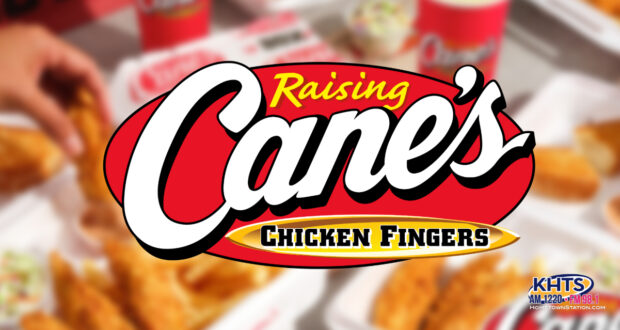In the world of sports, few stories are as inspiring and magical as that of Michael Oher, a former NFL player whose life was transformed from adversity to success. Known for his remarkable journey in the film “The Blind Side,” Oher’s narrative celebrated a triumph over hardship. However, recent controversies surrounding claims about his upbringing and the portrayal of his life have sparked debate, challenging the very meaning of his story. Oher’s journey is not just about football; it is also a testament to the difficulty of family, determination, and resilience in the face of scrutiny and shifting narrative.
Michael Oher was born Michael Jerome Williams Jr. on May 28, 1986, in Memphis, Tennessee. He was one of 12 kids! His parents were Michael Jerome Williams Sr. and Denise Oher. Michael Jerome Williams was usually always in jail, and Denise was addicted to crack cocaine. As a result, he was always in and out of foster homes.
Academically, he was poor. He was forced to repeat the first and second grades and attend 11 different schools over nine years. At Westwood High School, he was absent for 50 days, garnered a barely passing D average, and had a GPA of 0.6. But as he said, “ I wasn’t dumb, I just wasn’t educated.” He then transferred to Briarcrest Christian School, where his life would undergo a significant change.
One day, businessman and Memphis Grizzlies radio analyst Sean Tuohy saw Oher at the school gym. He introduced himself, and soon, they started bonding over lunch. Tuohy and his wife, Leigh Anne, saw Oher disembarking from a school bus several weeks later. The latter felt compassion for Oher, who was wearing the same outfit he had worn when he first met Sean. Before long, Leigh Anne showed him around town and bought him new clothes. When he stayed at their house frequently, Collins Tuohy remembered her mom asking him if he wanted to stay. Michael Oher replied in the affirmative and became a part of the Tuohy household. Sooner or later, the Tuohys became Oher’s legal guardians.
Oher was giving hints that he would be a great left tackle. He was able to join the varsity football team and became the starting left tackle. Soon, he was one of Tennessee’s top prospects. He was offered scholarships from D1 colleges, like the University of North Carolina and Tennessee. Finally, he agreed to go to Mississippi and play for the Ole Miss Rebels.
“His name was Michael Oher, but everyone called him Big Mike.”
-Michael Lewis, author of Blind Side: Evolution of a Game.
There was a problem, though. Even after working and studying so hard, his GPA was insufficient for the NCAA to let him play. With the help of both Sean and Leigh Anne, as well as a tutor named Sue Mitchell, he eventually reached NCAA standards and was given the green light to play college football.
“Do what’s best for you, and do it to the best of your ability – go after your goals like nobody’s business.”
– Michael Oher
He played superbly in college football. He exceeded expectations, although the Rebels won just three games in 2005, Oher became a First-Team Freshman All-SEC selection that year. In his sophomore season in 2006, Oher was a breakout star in the Southeastern Conference after a move to his natural position at left tackle. Oher earned second-team All-SEC for his performance.
Oher continued to dominate in the left tackle position in his junior year. After being selected as a consensus first-team All-SEC in 2007 for the second time, Oher declared for the 2008 NFL Draft. However, after two days, he refused to withdraw his declaration for the draft and instead returned for his last season with the Ole Miss Rebels.
Oher was one of the senior leaders on the University of Mississippi team that recorded its first winning record since 2003! He was once again a consensus first-team All-SEC, as well as a first-team All-America selection by The Associated Press.
In the 2009 draft, he was selected 23rd overall by the Baltimore Ravens. The moment he stepped on that stage, his legacy was sealed. The Ravens and Oher agreed on a five-year, $13 million contract. He started as right tackle in all 16 games that season, helping the Ravens go to the playoffs in his rookie season. He spent his next three seasons switching from the right to the left, but no matter what, “Big Mike” was still playing the games of his life.
It all changed in the 2012-2013 season, when Oher led the Ravens all the way to Super Bowl XLVII. That Super Bowl proved to be the best one yet. After a tight game, Oher and his teammates emerged victorious, as the Ravens scored 34 to the 49ers’ 31 points. In the interviews, Oher specifically said;
“I came so far—from nothing to a Super Bowl championship. I’m in shock right now.”
-Michael Oher
Oher returned to his home the following season. He signed a four-year, $20 million contract with the Tennessee Titans. Oher started in 11 games as a right tackle for the Titans. That season, he surrendered 6.0 sacks and 26 quarterback hurries. He put up some respectable, solid stats. But then, Oher sat out the last five games due to a toe injury. All in all, the Tennessee Titans mustered up only two wins, the worst season since they were known as the Houston Oilers.
Tennessee later released Oher due to a failed physical exam, which didn’t sit well with Leigh Anne, his adopted mother.
“We had people, talking heads, that didn’t have any clue,” she told ESPN’s Elizabeth Merrill in February 2016. “And they’re so quick to judge and categorize and pigeonhole.”
But that wasn’t the end of his career. After some help from his brother, the Carolina Panthers signed a two-year, $7 million contract. He immediately became a key piece of their offensive line, protecting quarterback Cam Newton’s blind side at left tackle. He started all 16 regular-season games that year and played a major role in helping the Panthers achieve a 15–1 record and reach Super Bowl 50, where they fell to the Denver Broncos. Oher’s performance in 2015 was widely praised, as he revitalized his career after struggles in previous seasons. However, his time with the Panthers was cut short in 2016 when he suffered a concussion that lingered and limited him to just three games, ultimately leading to his retirement.
The heartwarming story told in The Blind Side—of a homeless teenager taken in by the Tuohy family and turned into a football prodigy—was celebrated as an inspiring tale of kindness and perseverance. But years later, Michael Oher, whose life inspired the film, challenged that story. In 2023, Oher filed a petition in a Tennessee court, accusing the Tuohys of never actually adopting him, as both the movie and public perception suggested. Instead, he claimed they tricked him into signing a conservatorship at age 18, giving them legal authority over his business affairs and enabling them to profit from his story, while he saw little to no financial benefit.
The Tuohys denied using Oher, arguing that the conservatorship was a means to help him attend college and that they shared proceeds from the film. The controversy sparked renewed debate about race, power, and profit in the adoption-like arrangement, questioning whether Oher’s image was used to elevate the Tuohys’ reputation and wealth. For many, the dispute destroyed the once-inspirational story, turning it into a cautionary tale about control, money, and the hardship of trust when family and business meet.
Michael Oher’s life is a testament to resilience and hard work—proof that true victory lies not in fame or fortune, but in owning your story and defining it on your own terms. In the end, his greatest win is becoming the author of his own legacy.




